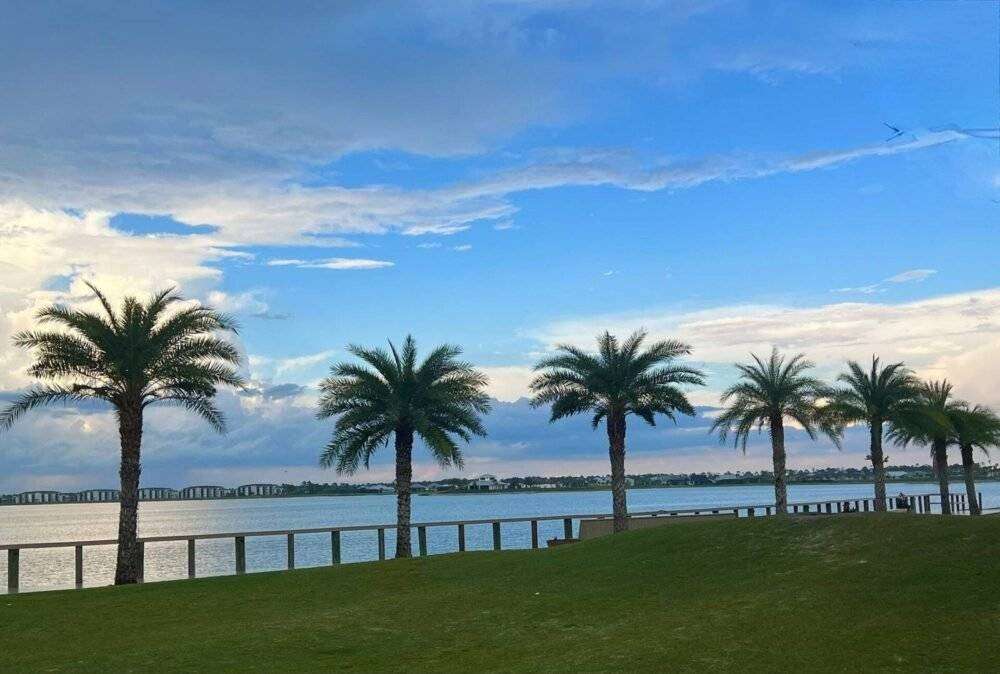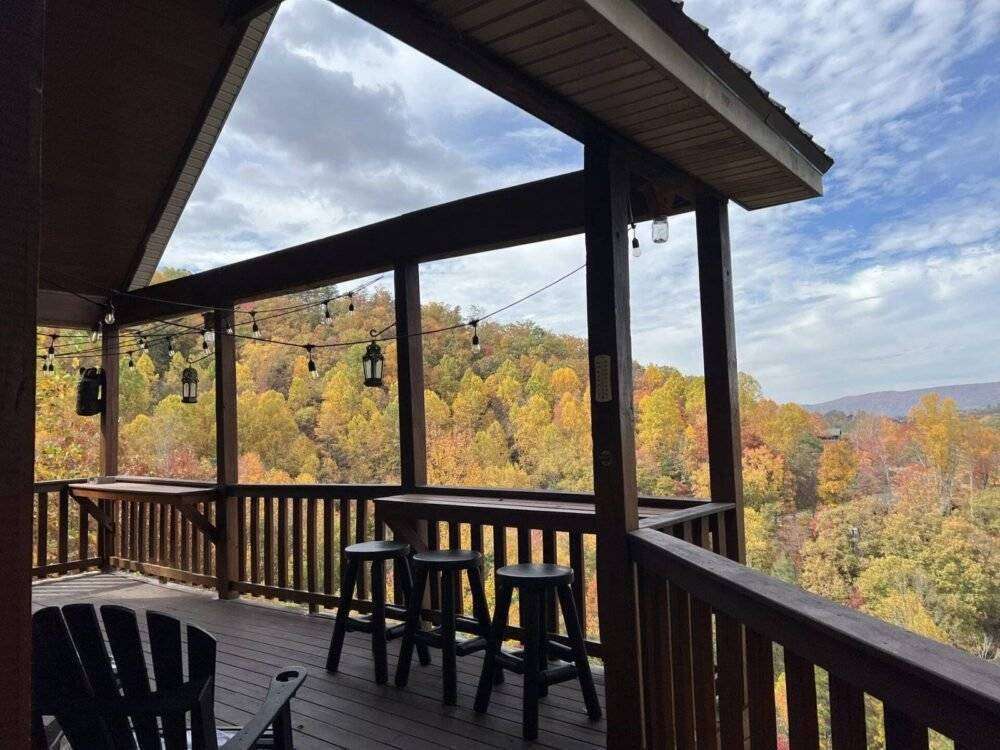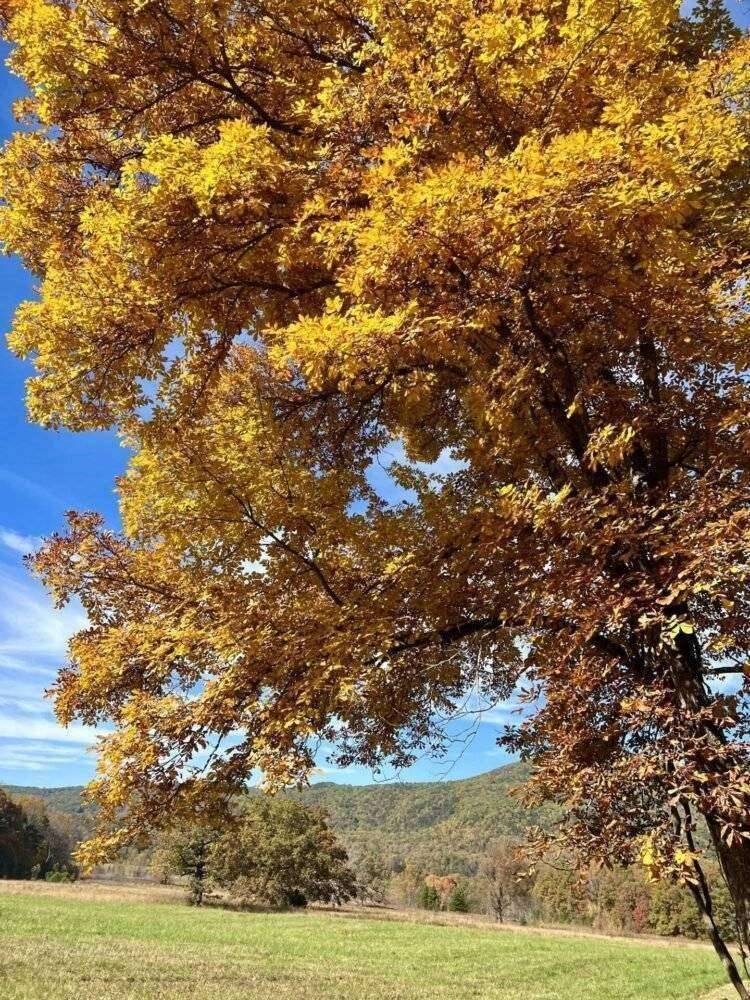Kedarkantha Trek is located in the Himalayas in Uttarakhand. It is a tall and mighty mountain peak at an altitude of 12,500 feet or 3,810 m. The Kedarkantha trek is famous for the extensive variety of flora and fauna that it offers to trekkers. Whether you are trekking a snow blanket or through the glassy green grassland in the summer, it is a fun and beautiful journey. The Kedarkantha trek takes you through the scenic Govind Ballabh Wildlife Sanctuary and Govind Ballabh National Park. If your heart wants a quiet place with some adventure away from the city, you can choose this trek route.
If we talk about the trekking duration, it usually takes upto 6 – 7 days to finish. This makes it a long but easy trek, which can be a perfect choice for a beginner. Always keep in mind that you should choose the right season for visiting the Kedarkantha trek. There are a lot of things that you have to keep in mind. Every season comes with different weather conditions, so you have to plan and prepare by knowing what time works best for you.
In this article, we will discuss “The best time to visit Kedarkantha Trek.” You can reach us anytime if you have any questions about the timing of the Kedarkantha trek. So without a due let’s begin
Table of Contents
Which Month is Best for the Kedarkantha Trek | Season wise Difference
The best month to visit the Kedarkantha trek is typically the winter season, from December to April. This season offers the most beautiful experience as during this time, the trek is covered with fresh white snow, creating a beautiful winter wonderland in Uttarakhand’s Himalayas.
What are the Best Seasons and months to visit the Kedar Kantha trek?
The best Seasons and months to visit the KedarKantha trek are as follows:
- Kedarkantha Trek in Spring (March-April)
- Kedarkantha Trek in Summer (May-June)
- Kedarkantha Trek in Monsoon (June to August)
- Kedarkantha Trek in Autumn (September-November)
- Kedarkantha Trek in Winter Season (December-February)
Kedarkantha Trek in Spring (March-April)
During March, you can still find some snow during the trek. This time marks the beginning of spring, with rhododendrons flowering and fresh grasslands emerging. By April, the remaining snow has melted, and now there will be no snow, and spring will be in full swing. Wherever you go, you’ll find a splash of color with fields carpeting the lower altitudes. During this time, days are longer and brighter, while nights become shorter and more bearable. This season offers pleasant weather, perfect for trekking through nature’s beauty.
Kedarkantha Trek in Summer (May-June)
In May, Kedarkantha enjoys relatively warm mornings with cooler evenings and nights, though they’re milder compared to other seasons. The sun shines brightly, and for some, it might even feel hot. In June, occasional rainfall occurs, but it’s rare and light. One of the best things about trekking during this time is that most trekkers head to higher altitudes in the summer, making Kedarkantha quieter and more secluded if you’re seeking solitude. There’s no snow during this season.
Kedarkantha Trek in Monsoon (June to August)
Trekking enthusiasts often consider the Kedarkantha trek during the monsoon season, from June to August, for a unique and lush experience. The lush landscapes and fresh greenery can be stunning, but the monsoon brings its own set of challenges. The trails may become slippery, and frequent rain showers can obscure visibility, making navigation difficult. Additionally, the risk of landslides and swollen rivers must be taken into account. However, for those seeking privacy and a different perspective of the Himalayas, trekking Kedarkantha in the monsoon can be incredibly rewarding. To fully enjoy this offbeat adventure, it’s crucial to be well-prepared with rain gear, appropriate footwear, and a close watch on the weather forecast. Many travelers are drawn to this season for its distinct atmosphere, but caution and thorough preparation are essential, whether you’re trekking independently or with a trekkers group.
Kedarkantha Trek in Autumn (September-November)
Who doesn’t love the crisp, fresh air of winter without the harsh cold? That’s what Kedarkantha offers in autumn. The forests come alive with a gentle breeze, and the meadows look fresh as the monsoon season ends. The Himalayas are stunningly clear. As autumn goes on, especially in November, temperatures drop to around zero at night. Despite the cold, the mountains stay green, making it a great time to visit if you enjoy greenery with a hint of chill.
Kedarkantha Trek in Winter Season (December-February)
Trekking to Kedarkantha in December offers a magical winter with snow covering the landscape. However, it comes with challenges due to harsh winter conditions in the Himalayas. Fresh snowfall and cold days signal the start of winter in Kedarkantha. From late December to mid-February, snow keeps falling, making nights extremely cold and days chilly. With proper layering, however, the winter trek can be delightful. Mid-January to February is particularly quiet, providing a peaceful trekking experience.
Be prepared for the possibility of the trail being blocked by snow for a few days. This blockage is a minor inconvenience compared to the beauty of the snow-covered landscape. So, start your adventure to Kedarkantha Trek from Sankri near Dehradun and enjoy the breathtaking scenery of the Garhwal region.
How is Kedarkantha in December?
Trekking to Kedarkantha in December offers so much for trekkers to feel, see, and do. The trekking is moderate, but with proper planning and preparation, it can be safe, rewarding, and attractive at the same time. Here are some key points to consider you can check for your December Kedarkantha trek:
- Snow-Covered Landscape: the entire region is covered in snow during the month of December. It transforms the Kedarkantha trails and scenery into a white winter wonderland. The snow-covered forests, meadows, and peaks create a stunning backdrop, making it ideal for trekkers and photographers.
- Cold Temperatures: December is one of the coldest months in Kedarkantha, you can expect daytime temperatures between 5°C and -5°C, with nights. It would be best if you were prepared for these extreme conditions. Bring quality winter gear, like thermal clothing, insulated jackets, gloves, and warm sleeping bags.
- Challenging Terrain: Trekking through snow can be physically demanding and requires excellent fitness. The snow can make trails slippery, particularly on steep sections. You must have essential gear, like trekking poles and microspikes or crampons, for stability and safety.
- Shorter Daylight Hours: With shorter daylight hours in December, start your trek early to maximize daylight and reach your destination before dark.
- Stunning Views: Despite the challenges, trekking in December offers breathtaking views of snow-covered peaks and the Himalayan ranges. On clear days, you can see sky touching peaks like Swargarohini, Bandarpoonch, and Black Peak.
- Solitude: December sees fewer trekkers compared to peak seasons like spring and summer. If you seek a quieter and more peaceful experience, this is a great time to visit.
- Altitude and Acclimatization: Kedarkantha’s summit stands at about 12,500 feet (3,800 meters). If you do not want to get altitude sickness, acclimate properly by gradually increasing altitude and spending a day at the base camp.
- Weather Uncertainty: Himalayan weather can be unpredictable. Here, the weather brings sudden snowstorms and visibility changes. Keep an eye and stay updated on current weather forecasts and be ready to make changes in with your plans if the weather is not good.
In summary, Kedarkantha offers a unique and enchanting trekking experience in December. However, it also brings challenges, such as cold temperatures and tricky terrain. Ensure you are well-prepared, physically fit, and equipped with the right gear for a safe and memorable trek. You can consider traveling with experienced companions or adventure companies for added safety.
How Long Does the Kedarkantha Trek Take?
The Kedarkantha trek typically takes 5 to 6 days to complete. However, the duration can vary based on your fitness level and the weather. Some trekkers might opt for a shorter itinerary by combining days, while others may choose a longer one to explore more of the area. It’s also a good idea to include an extra day in your plan to accommodate any unexpected delays caused by weather or other issues. For the most accurate and current itinerary details, always check with your trekking company or guide.
What is the Height of the Kedarkantha trek?
The Kedarkantha trek reaches an impressive height of 12,500 feet (3,810 meters) above sea level. This prominent peak offers trekkers a chance to immerse themselves in the untouched beauty of the Himalayas.
Starting Point: The Scenic Sankri Village
The adventure begins in the charming village of Sankri, located at about 6,500 feet (1,981 meters). This peaceful village, surrounded by lush greenery, serves as the trek’s base camp. From here, the ascent starts gently, allowing trekkers to acclimate and making it suitable for all levels of experience.
A Journey Through Changing Landscapes
As trekkers make their way to the summit, they experience a dramatic change in scenery. The trail winds through dense pine and oak forests, serene meadows, and, in winter, enchanting snow-covered terrain. This gradual climb lets trekkers enjoy the diverse flora and fauna, enhancing their appreciation of nature.
A Triumph of Scenic Beauty
Reaching the Kedarkantha summit is a rewarding experience, offering breathtaking panoramic views. Surrounded by majestic Himalayan peaks, trekkers are treated to a 360-degree vista of snow-capped mountains, creating lasting memories and a deep connection with the natural world.
Is the Kedarnath trek difficult to do?
The Kedarnath trek offers a mix of challenge and reward, generally falling into the moderate difficulty category. Your experience can vary based on your fitness, previous trekking experience, and the season. Here’s a closer look:
- Altitude: Reaching up to 11,755 feet (3,583 meters) at the Kedarnath temple, altitude can pose risks like sickness. Proper acclimatization and a gradual ascent are crucial to minimizing these risks.
- Distance: The trek covers about 16 kilometers (10 miles) one way from Gaurikund. While the distance isn’t extreme, the steep terrain can make the trek moderately challenging.
- Weather Conditions: Be prepared for unpredictable weather. The monsoon season (July to September) brings heavy rain and landslides, while winter brings heavy snow and frigid temperatures, adding to the trek’s difficulty.
- Trail Conditions: Expect a mix of well-maintained paths and rocky, uneven terrain. Some parts feature steep ascents and narrow pathways, requiring careful navigation.
- Pilgrimage Season: From May to October, the pilgrimage season brings crowds and high demand for accommodations, which can complicate logistics.
- Fitness Level: Although moderate, having good fitness helps make the trek more enjoyable. Regular walking and endurance training will help you prepare.
- Pony and Palanquin Services: For those who find the trek challenging, ponies or palanquins can be hired to carry you or your luggage. The availability of these services can vary with weather conditions.
Essential Gear for the Kedarkantha Trek
Packing essential gear for the Kedarkantha Trek is crucial for a safe journey. Here’s what you need to bring:
- Warm Clothing: Temperatures can drop significantly, especially in winter. Pack thermal layers, a good-quality insulated jacket, and warm gloves. Remember to wear a hat and scarf to keep warm in the cold.
- Waterproof Jacket: The weather can be unpredictable. A waterproof jacket will keep you dry during rain or snow and add an extra layer of warmth.
- Sturdy Hiking Boots: Comfortable and durable hiking boots are crucial. They should provide good grip and ankle support to handle the snowy and uneven terrain.
- Sleeping Bag: Choose a sleeping bag rated for low temperatures. This will keep you warm and comfortable during chilly nights in the mountains.
- Trekking Poles: Trekking poles help with balance and reduce strain on your knees, especially on steep or uneven paths.
- Backpack: A well-fitted, comfortable backpack is essential. It should be large enough to carry your gear but not so bulky that it becomes a burden.
- First Aid Kit: Pack a basic first aid kit with essentials like band-aids, pain relievers, and any personal medications. Safety first!
- High-Energy Snacks: Energy bars, nuts, and dried fruit are great for quick energy boosts while trekking.
- Water Bottle: Staying hydrated is essential. Bring a durable water bottle or hydration system, and make sure it’s insulated to prevent freezing.
- Sunglasses and Sunscreen: Protect your eyes from the bright sun and reflectivity off the snow. Sunscreen will prevent sunburn, even in winter.
- Headlamp or Flashlight: A headlamp or flashlight is helpful for early starts or late finishes. Pack extra batteries, just in case.
- Maps and Navigation Tools: Although the path is usually well-marked, having a map and a compass (or GPS device) is an intelligent backup. This point is optional if you’re trekking with a group or with a trekking company.
- Personal Hygiene Items: Remember basics like wet wipes, hand sanitizer, and a small towel to keep fresh.
- Camera: If you want to capture the stunning views and memories of your trek, you could bring a camera with you. A compact camera or smartphone will do the job.
Conclusion: Best Time to Visit Kedarkantha Trek
Choosing the best time to visit Kedarkantha Trek ensures a safe and memorable adventure. Each of the six seasons offers something unique, from winter’s snow to spring and summer’s vibrant landscapes. You can also opt for a Kedarkantha Trek package, which lets you enjoy stunning Himalayan views and the excitement of the journey. Whether you prefer a snow-covered trail or the lush greenery of warmer months, planning according to your preferences and fitness level will make your trek unforgettable. So pack your bags and get ready for an adventure that will leave you saying, “Travel till you drop.”





